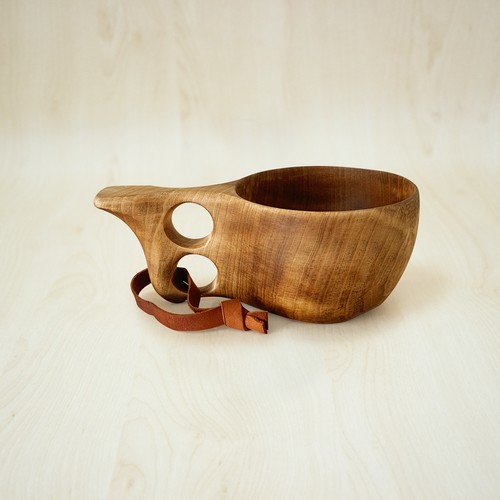6. How to preserve a kuksa?
Is the kuksa fragile? Can it break or crack? The kuksa being made of wood, it is less fragile than an ordinary porcelain cup for example. However it is not unbreakable! Indeed, if it falls from your height, it may crack or even break.
Moreover, if you use your kuksa badly or if you don't know how to take care of it, it can crack quickly. Here is what makes a kuksa crack:
- Do not put a kuksa in the dishwasher
- Do not wash a kuksa in boiling water
- Do not soak a kuksa in water
- Do not wash a kuksa with conventional washing-up liquid
- Do not use an abrasive sponge to clean a kuksa.
In this video, discover one of the ways to clean your kuksa, here with a natural honey soap.








































